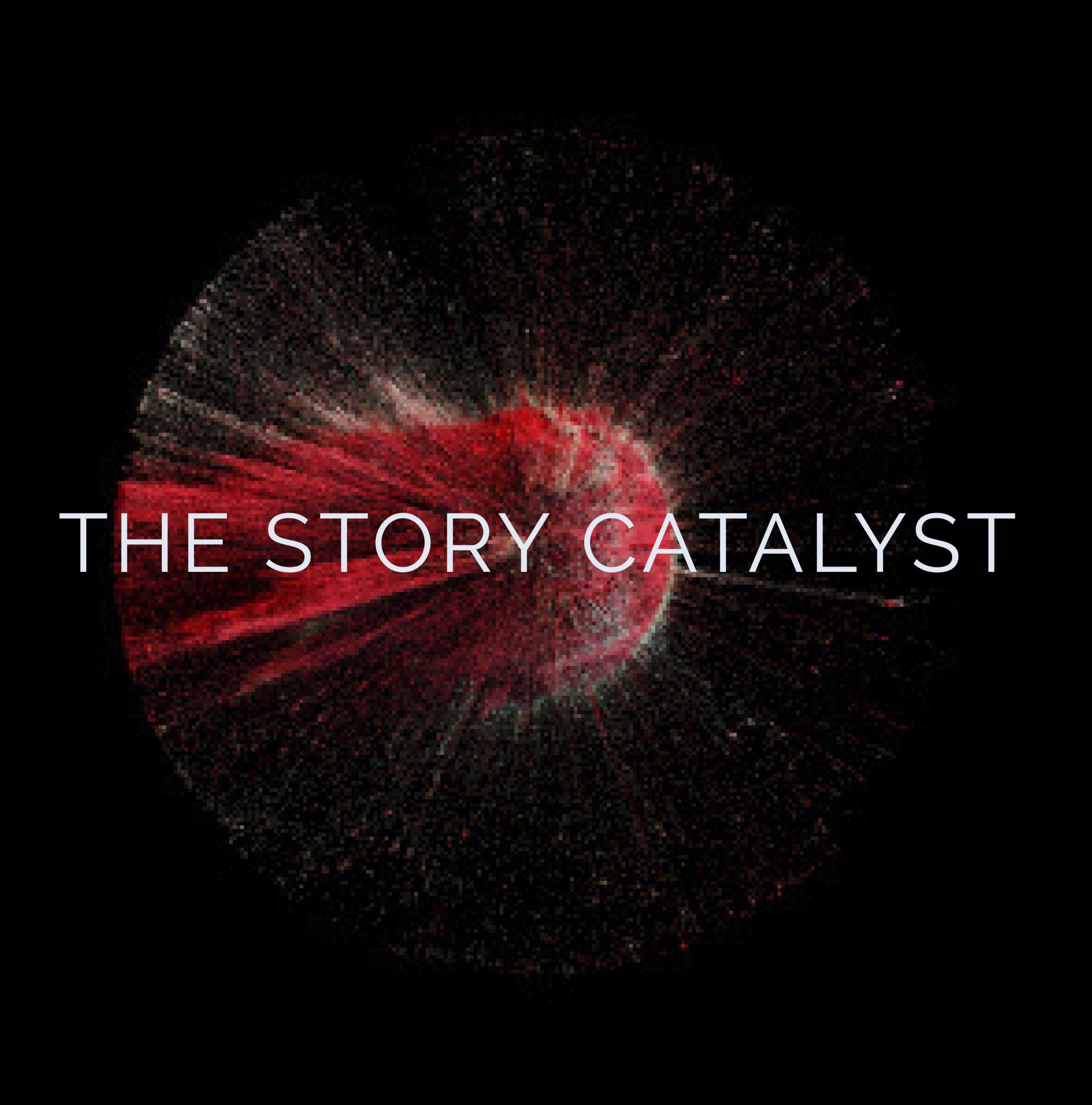Part III: Making It Magic
In this post, we conclude the series about how to write a personal essay in three easy lessons. I love the personal essay as a short form that can illuminate a vital issue or a slice of life. Sometimes the essay can be a great way to test the waters for a longer work. [See Part I and Part II.]
Great, you have a first draft, now what? Finish it by taking it to the next level. Attention to these areas will weave the magic into your piece that gets to the heart of why it matters.
- Empathy + Pain Point = Reader Engagement. Empathy is a powerful motivating connector. Readers will engage with you if they empathize with you or the real human being you bring to life in the opening. Pain and conflict get our attention. We want to solve it. We want to know what happens.

- Shared Pain is Remembered Pain. Readers who see themselves as part of a collective, shared pain engage with you. They sense that you know them, see them. Turn your essay back to the reader. Hold up the mirror. Help them see they are not alone.
- Argument/Insight/Assertion/Premise. Essentially, an essay makes an argument. You offer a premise, method or insight that helps a problem. In the personal essay, this may be about how you discovered that insight. In an op-ed essay, this may be about making the case for your argument, which brings us to…
- Proof of that argument. The middle of your essay substantiates and corroborates your argument. You cannot just assert it; you must prove it with vivid, truthful details.
- Respect the space. Concise writing is clear writing. Crisp writing honors the contract with the reader, shows you are grateful for her/his time. Write to space like a professional. Even if there is no length limit, give yourself a challenge to trim your first draft by 10 percent to 20 percent. You’ll see an improvement in the verve and clarity of your language every time. Remember that a first draft is just a warm-up, where you’re drafting to discover what you really, really, really want to say. You’ll return to your super-cosmic what-its-about paragraph more than once, refining it each time.
- Read it aloud. You’ll find awkward phrases and wordy sentences. You’ll improve the flow and syntax.
- Polish, polish, polish. Grammar, spelling, punctuation and style. Use the stylebook used by the publication you target. You cannot go wrong with the Chicago Manual of Style or AP Stylebook.
- For your final round of editing, read it aloud again. Print it out. Polish again.
And don’t forget, don’t do this alone. Cultivate a warm-hearted community of beta readers, and work with a good editor. If you want to find out more about group coaching, one-on-one coaching or writing retreats, I’m happy to talk with you about how I can help. Remember that African proverb? “If you want to go fast, go alone. If you want to go far, go together.” Let’s go together.
